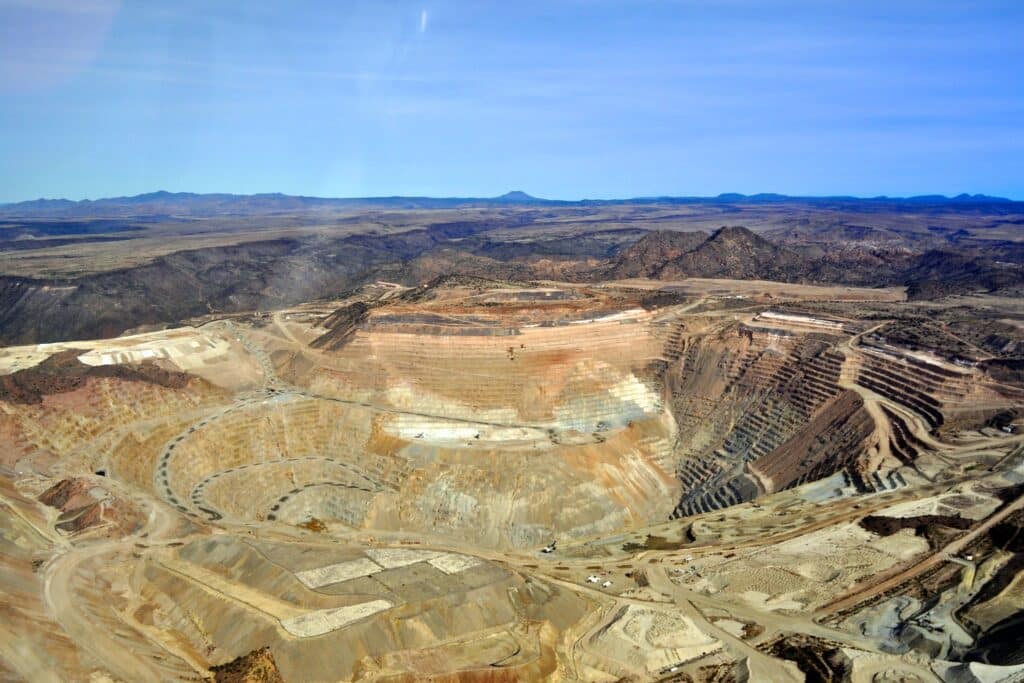
The Friends of the Boundary Waters Wilderness has released a new report prepared by a professor of geology which shows that several facilities around the Unites States often cited as models of responsible operations have in fact caused significant contamination. The Friends asked whether copper-sulfide mining can be done safely near the Boundary Waters.Steven Emerman, Ph.D of Utah examined nine “candidates” for model mines, and found they all have “extensive records of pollution.”
For the past several years, Minnesota legislators have considered a bill, supported by the Friends and many other environmental groups, that would require any company seeking to operate a copper-nickel mine in the state to prove they can do it safely before receiving a permit. Companies would have to provide examples of mines similar to their proposal that have operated for 10 years and been closed for 10 years without causing pollution.
The new report, titled “The Minnesota Prove It First Bill and the Myth of Sulfide Ore Mining without Environmental Contamination,” covers mines previously put forward by the industry as model operations. It also compares them to northern Minnesota’s wet environment, a major cause for concern.
‘Inevitable’ contamination
After detailing each existing mine, Emerman concluded that none of the existing mines has yet kept its promise of no pollution, nor met the standards proposed in Minnesota.
“It should be abundantly clear by this point that there are no viable candidates for sulfide ore mines in the USA that have been operated for 10 years and closed for 10 years without environmental contamination, as would be required under the Minnesota Prove It First Bill,” Emerman wrote.
Several of the model mines used by mining supporters have not yet operated or been closed for 10 years, he explains. And all of them have caused contamination.
For example, the Stillwater Mine in Montana has been violating the Clean Water Act with its discharges for the past four years, while the Eagle Mine in Michigan, only open since 2014, was making groundwater unsafe to drink as recently as 2019, the last year for which records are available. The now-closed Flambeau Mine, in northern Wisconsin, is one of the most frequently used examples, having only operated for about four years, it has now been closed since 1999. It has only been certified as completing its post-mining reclamation plan, and a stream crossing the site before joining the Flambeau River is so full of copper it’s almost entirely lifeless.
Prove It First
Without any usable examples of mines that meet the Prove It First standards, Emerman wrote that the legislation could essentially act as a 20-year moratorium on sulfide mining for the state. A 20-year moratorium on mining is also what the federal government has recently enacted for parts of the region that are upstream of the Boundary Waters Canoe Area Wilderness.
“The earliest viable candidate for a model sulfide ore mine would have to be a mine that opens in 2023 or an existing mine that ceases environmental contamination in 2023, operates until 2033 without environmental contamination, closes in 2033, and then still has no record of environmental contamination by 2043,” he wrote. “Thus, the Minnesota Prove It First Bill is essentially a 20-year moratorium on nonferrous sulfide ore mining in Minnesota pending the demonstration of sulfide ore mining without environmental contamination in some other jurisdiction.”
Wisconsin passed a “Prove It First” law in 1997, which was in effect until its repeal in 2018. During the time it was law, no company attempted to apply for a mine permit and provide an example.
Emerman’s report was released two days after the legislature adjourned until next February, which will be the next opportunity to consider the Prove It First bill in Minnesota.

